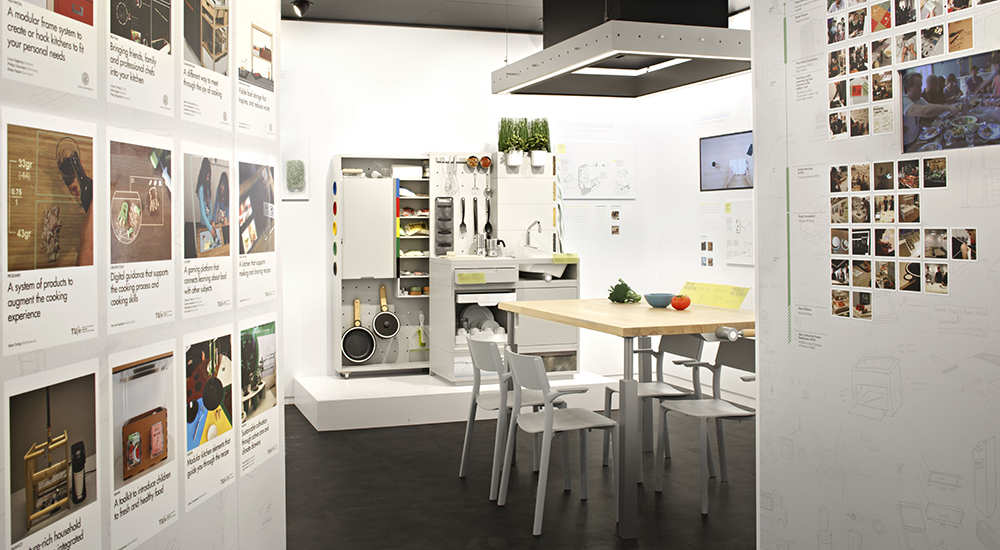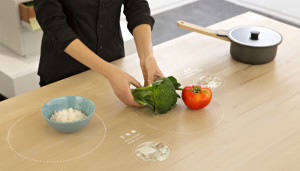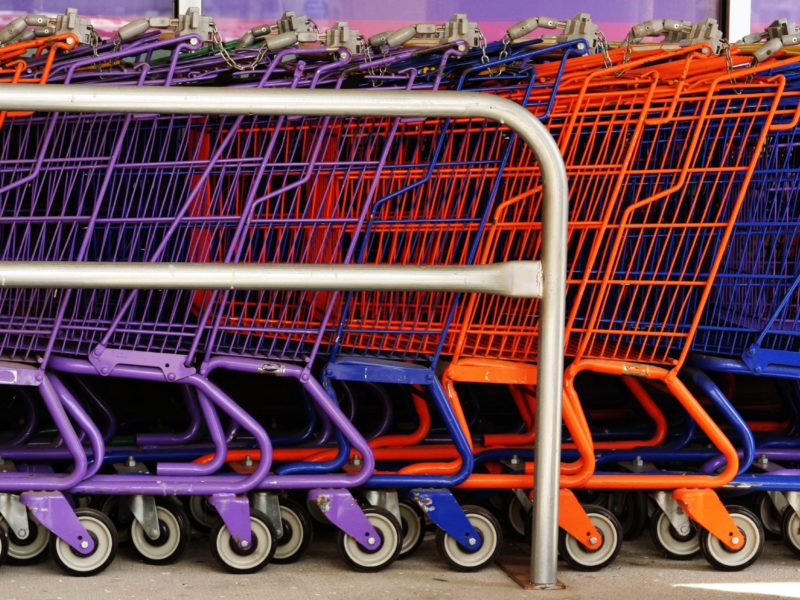
Be Careful What You Think About at the Table for Living
I’m lucky in that I get to spend a lot of time considering how technology is changing the way we interact, communicate and shop. Sometimes, I see amazing examples of how companies are harnessing tech to make our lives better. Other times, tech seems to be increasingly incredibly invasive, for no real purpose.

Ikea’s Smart Table takes some of the guessing game out of cooking. Photo credit: http://www.conceptkitchen2025.com/press.html
Huge platforms like Google and Facebook are churning out ideas that fall into either one of these categories, depending on the day. On the “sounds great!” side, Google’s Project Jacquard might help us interact with our phones in more subtle ways. On the “I’m not so sure about that” side, Facebook wants to use artificial intelligence to help us “send thoughts to each other.”
Then there’s the technology that is working to make our daily lives better—that aims to fulfill our basic needs. In other words, what’s for lunch?
This is a bigger question than you’d think. In fact, lunch presents a huge issue to address. The National Resources Defense Council says that the average American throws away 20 pounds of food per month and that 40 percent of all food in the U.S. goes to waste. In the future, the cost of food will go up, and the amount of space we will be living in will get smaller. This means we will be thinking differently about how to make a meal.
This remarkable project Ikea did for Expo Milan, Concept Kitchen 2025, is using that type of forward-looking thinking. In it, they looked at what the kitchen of the future—of the year 2025, to be exact—might look like, how it would function and how it would help make people’s lives better.
One of their ideas is called the Table for Living. Imagine being able to place whatever you have in your refrigerator on the table and have it—the table, that is—come up with a recipe based on just those ingredients.
While that could turn out to be a disaster (peanut butter and sriracha sandwiches come to mind), it also could be a great way to use more of what you have instead of throwing it away. From a retail point of view, this might mean lower sales as people use more of what they have already purchased.
The technology behind the table is really not as advanced as it might appear conductive coils (for heating), a camera and a smart projector. Individually, all of these components are available now in some form. Combined, they form a powerful means to live a more sustainable lifestyle.
What if adventurous retailers added other elements to this idea? A sponsored connection with IBM could rely on the tech company’s recent work in cognitive cooking and have IBM Watson develop unique recipes. Loyal shoppers get rewarded with unique content tailored to what they have just purchased. Utility and relevance drive repeat visits.
Yet, given all of the above, there is still one big thing to watch out for here. If Facebook has its way with its mind-reading initiative, you’d better make sure what you cook for guests at the Table for Living is good: It’s going to be a lot harder to fake your way through a bad meal.





Pingback: Pop Quiz: What’s in Your Basket? | Chicago Ideas Blog